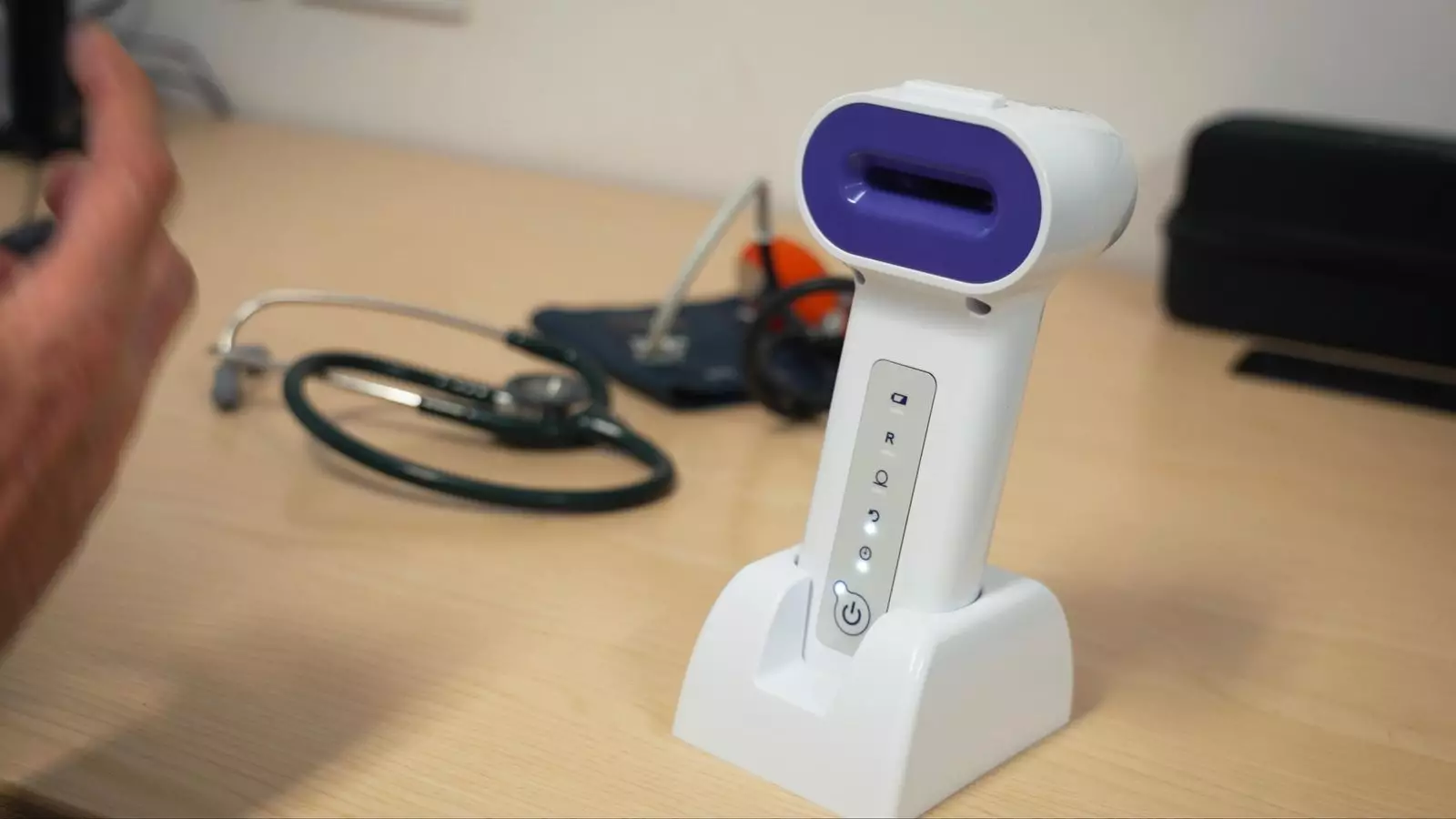Chronic Obstructive Pulmonary Disease (COPD) affects a staggering three million individuals in the UK alone, a number so significant it demands attention. Astonishingly, two-thirds of those afflicted are oblivious to their condition, leading to inadequate treatment and rising numbers of emergency hospital admissions. This lack of awareness is not merely a statistic; it translates into real lives at risk, presenting a dire public health challenge. The traditional diagnostic methods—like the laborious spirometry tests—are impractical and inaccessible for many, thereby stalling timely intervention. The emergence of a new AI-powered handheld device, N-Tidal Diagnose, could herald a seismic shift in the landscape of respiratory healthcare, yet it raises questions about the systemic issues that allowed this crisis to grow unchecked in the first place.
A Rapid Shift Toward Accessibility
The N-Tidal Diagnose is expected to cut down diagnosis time from an exhausting half-hour process to a mere five minutes—a monumental leap in respiratory care efficiency. Imagine walking into your GP’s office, where within moments the machine reveals whether a persistent cough or breathlessness signals COPD. Dr. Simon Rudland’s enthusiasm for the device underscores its potential to revamp the whole diagnostic pathway. But beyond just speed, this technology simplifies access to care. The current model requires patients to travel to specialized test hubs and face long waits—hurdles that disproportionately affect lower-income individuals, seniors, and those living in rural areas. In this regard, the N-Tidal Diagnose is not just revolutionary; it represents a critical step toward democratizing healthcare access.
Empirical Evidence: The Human Side of Innovation
Take the experience of Colin Best, who spent a harrowing year undergoing multiple tests to finally receive his COPD diagnosis. His testimony shines a light on the sometimes torturous path to receiving care under the existing framework. The exhausting spirometry tests are well-known in the medical community for being taxing—requiring not only physical effort but emotional endurance. In contrast, the N-Tidal approach promises a kinder, more humane interaction with the healthcare system. The patient only needs to breathe normally into the device, which instantly logs vital data and sends it to a cloud platform for real-time AI analysis. This method heralds not just faster diagnoses but also a more compassionate approach to patient care, which is long overdue.
Anticipating Transformative Outcomes and Challenges
While the immediate benefits—swifter diagnoses, improved accessibility, and potential reductions in hospital admissions—are promising, we must resist the temptation to view this innovation through rose-colored glasses. The healthcare landscape is fraught with overburdened systems and systemic inequalities that can’t be addressed with technology alone. Although the N-Tidal Diagnose may streamline processes, it doesn’t eliminate the underlying issues that plague our NHS. Moreover, we need to remain vigilant about how the integration of AI could influence the clinician-patient relationship. There’s a fine line between leveraging technology for efficiency and losing the crucial human touch that is imperative in healthcare.
Dr. Ameera Patel, the chief executive of TidalSense, asserts that their team has amassed over 2.5 million patient breaths to develop a robust AI model capable of differentiating COPD from other respiratory issues such as asthma and lung cancer. While this level of data collection is impressive, it also raises ethical concerns regarding patient privacy and data security. Are we fully prepared to navigate the complexities of data management in healthcare, especially as we lean increasingly on AI-based solutions?
The Path Forward: Expectations and Cautions
With the recent approval for use across the EU, the rollout of the N-Tidal Diagnose holds the potential not just to change clinical practice, but to actually save lives. However, we should approach this revolutionary tool with cautious optimism. Training staff to operate these devices in just ten minutes demonstrates an impressive ease of use, but the real-world efficacy of this technology hinges on how it is integrated into existing health services. Is the NHS prepared to scale this initiative effectively while ensuring that marginalized populations are not left behind?
In a world where technological leaps promise to enhance our healthcare experience, we must remain attuned to the broader implications of such advancements. The ambition to reshape diagnostic landscapes through innovation must be matched by an equally strong commitment to equity and accessibility.

